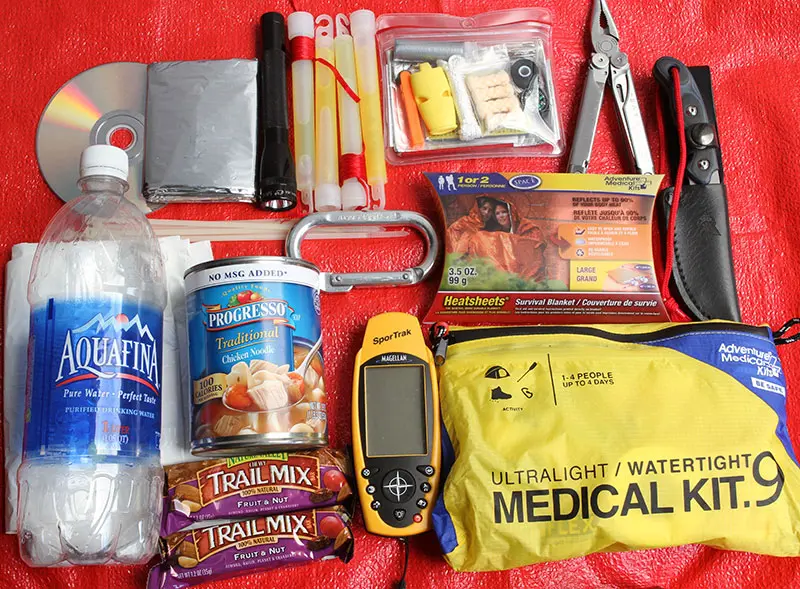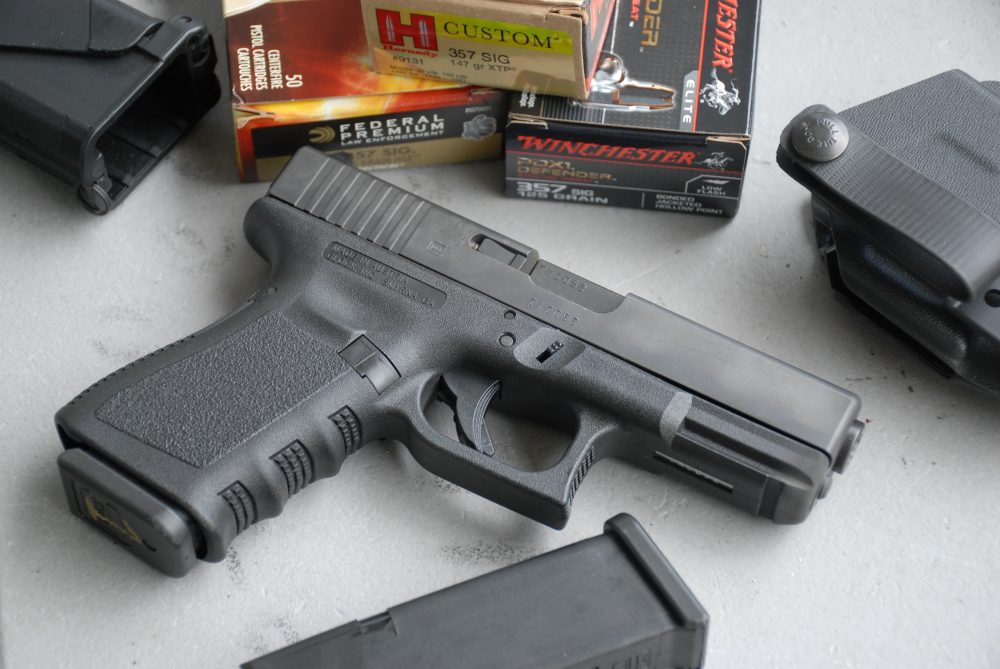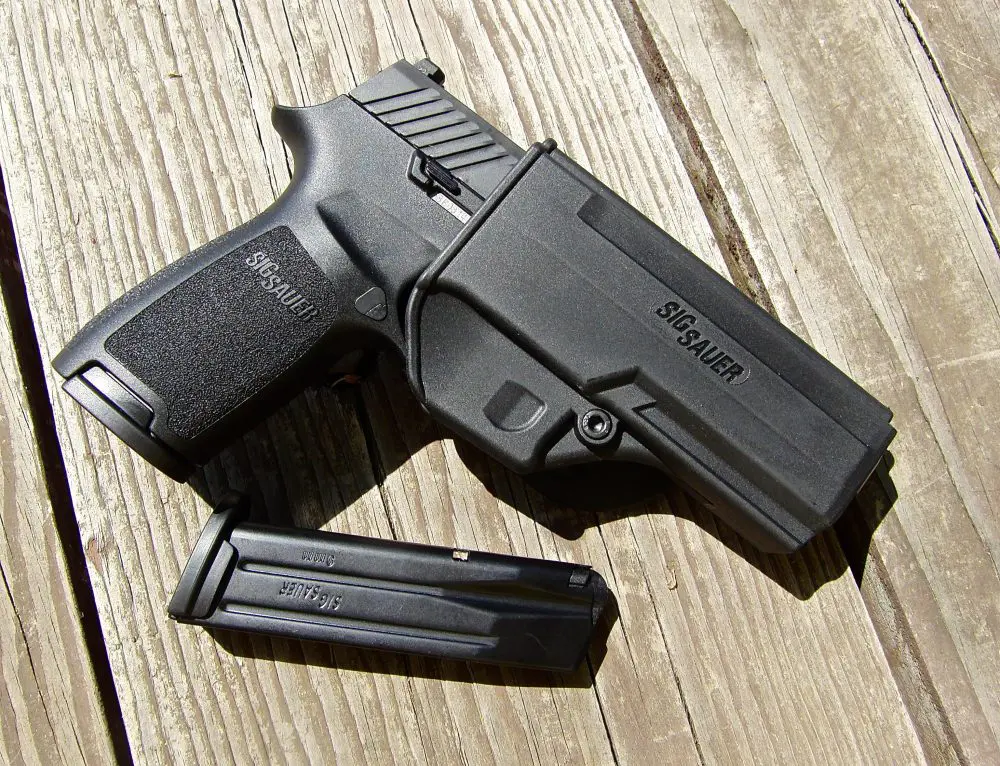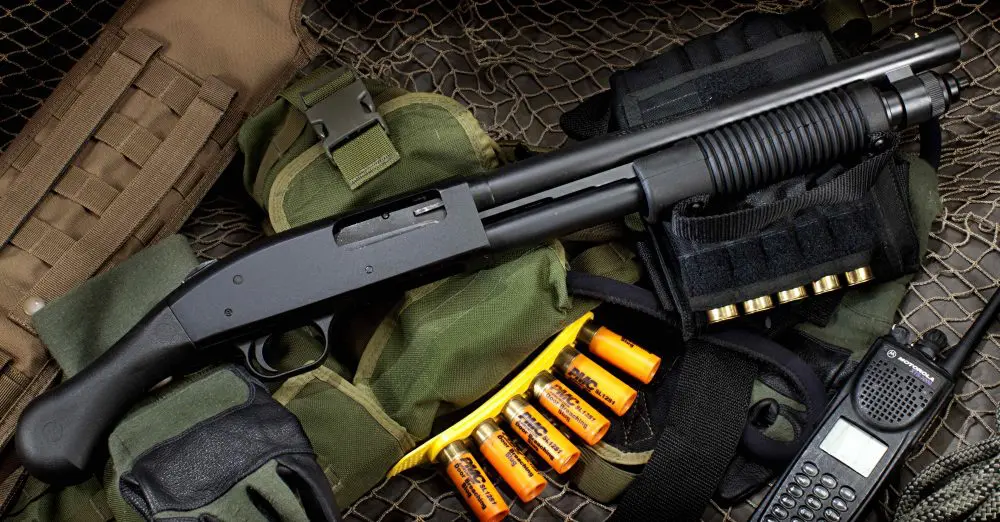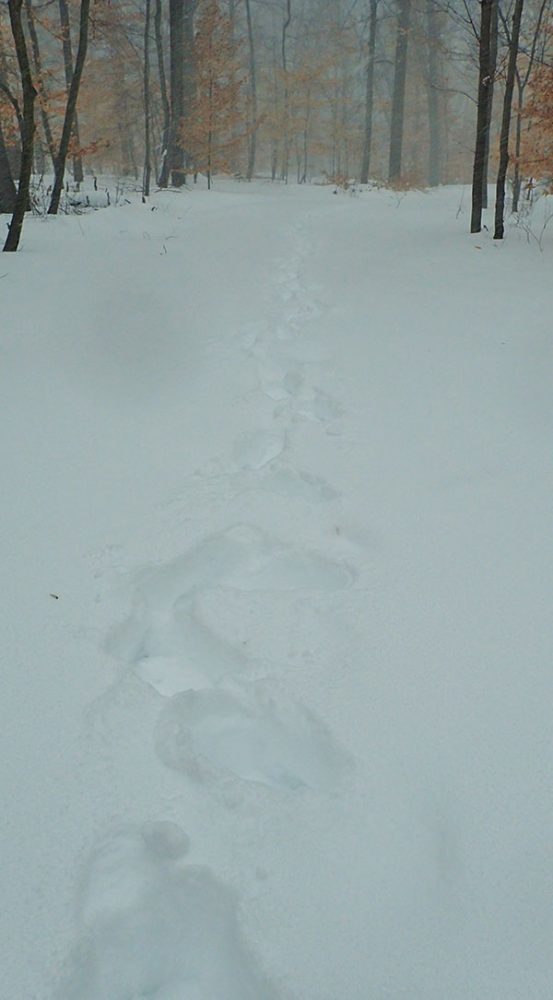
If you drive through a remote area, whether the terrain is wooded, desert, mountainous, or flat, think ahead about what could happen if you had a vehicle malfunction such as a flat tire or overheating. Are you prepared if you have to stay out an entire night in your car or truck? The truth is, if you don’t prepare, even the best vehicles, sharpest tools, and latest technologies may not save you.
For example, take the tragedy of James Kim and his family. Driving from Oregon to San Francisco after Thanksgiving 2006, they missed a turnoff from an interstate highway and, instead of backtracking, chose a secondary route that went through a remote wilderness area of southwestern Oregon. They eventually ran into heavy snow and had to stop.
The family stayed in their vehicle for days waiting for help until Mr. Kim decided to try to reach the nearest town, which they believed was four miles away, on foot. Tragically, James Kim died of hypothermia and was found four days later, after he had walked 16 miles. His wife and two daughters were found walking on a road and were rescued.

Different terrain but same final chapter sadly happened to former UFC middleweight champion Evan Tanner, who went on a solo desert camping trip in southern California in September 2008. The same afternoon that he set out, he called his manager to say his motorcycle had run out of gas and he was going to walk back to his camp. Temperatures in the desert reached 118 degrees F that day. Tanner’s body was found five days later, cause of death heat exposure.
Table of Contents
STAYING WITH THE VEHICLE
Should you stay with your vehicle or not? The inside of a vehicle won’t lose heat, unless the windows are broken, in which case it will still be better than standing out in extreme wind, rain, or snow. Conduction is somewhat defeated by the foam cushions and insulation. The vehicle itself, being enclosed, can cut down on heat loss through radiation and can capture body heat. It’s better if there are more people in the car generating body heat.
Radiation from the sun is minimized by staying inside a vehicle, although heat may be a serious issue depending on the outside temperature. Unless there is a broken window or leak in the vehicle’s roof, you will stay dry even if it’s raining or snowing. Heat loss through respiration can usually be controlled with clothing, bandana, or a hat over the face and head, cowboy style.
Evan Tanner didn’t have the luxury of an enclosed vehicle—he was stranded with a motorcycle. James Kim did, but both left their vehicles and set out into extreme weather, where they were at the mercy of Mother Nature.
Cold weather brings dry air, so James Kim may have been experiencing dehydration as he walked through the snow. If a person is out of shape or just working too hard, they will be out of breath and breathing with their mouth open, which dries out a person fast.
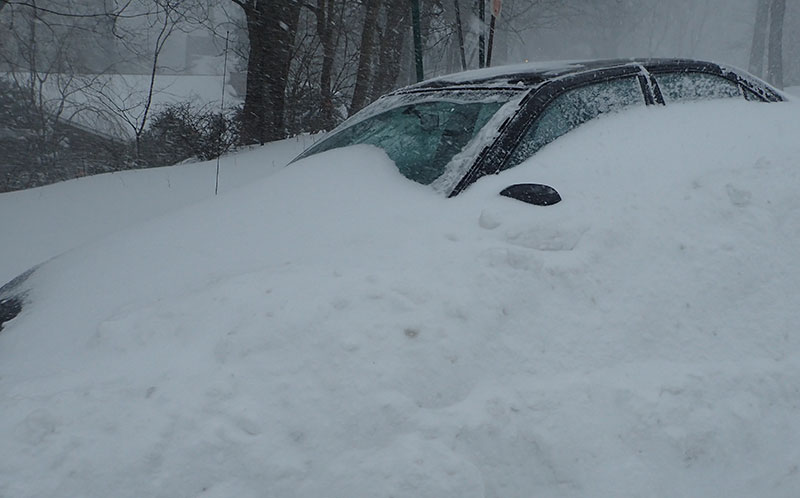
Setting out into the wilderness without proper clothing is dangerous, as clothing is your shelter against the elements. James Kim went out into the snow wearing tennis shoes, light clothing and a jacket, so his body cooled quickly.
Evan Tanner encountered extreme heat, especially from the direct sun. He reportedly planned to refill his water bottles at a spring near where his body was found, but the spring was unexpectedly dry.
In any extreme conditions, leaving a vehicle and venturing into the wilderness without proper clothing, skills, and basic tools is almost always chancing injury or death.
HYPOTHERMIA
Two main killers in the outdoors are hypothermia and dehydration. Hypothermia is when a person’s internal body temperature drops below 95º F from its normal 98.6º F. Loss of four or more degrees in body temperature can put a person in a dangerously hypothermic state. This can occur anytime you are exposed to cool, damp conditions, not necessarily sub-freezing temps.
Hypothermia symptoms begin slowly and get worse as it progresses—so slowly that they may even be difficult for you to recognize. Symptoms to look for are shivering, loss of coordination, slow speech, stumbling around, and drowsiness. If you or someone in your party becomes drowsy, do not let them lie down or take a nap. In severe cases of hypothermia, when a person who is shivering uncontrollably stops shivering, it usually means they are close to death.

Replace any wet clothes with dry clothing if possible or wring out the wet clothing. Wrapping up in a space blanket is recommended. Apply hot water bottles wrapped in clothing to the groin area and armpits.
Hot drinks and food are always pluses. They warm the body slowly, which is ideal. The human body produces heat in two ways: through metabolizing food and by movement. If you are hunkered down or can’t move, then eat, but don’t gorge if water is limited. Ration food but not water.
DEHYDRATION
Dehydration means your body does not have as much water and fluids as it should. We lose a great deal of water from our bodies in the winter due to respiratory fluid loss through breathing. Our bodies also work harder under the weight of extra clothing, and sweat evaporates quickly in cold, dry air.
Much like hypothermia, dehydration is a slow creeper. In cold weather, people don’t feel as thirsty as they would in hot weather. This is why dehydration is known as the “stealthy killer.”

In snowy conditions, refrain from putting snow in your mouth as a means of hydrating. Eating snow hastens hypothermia by lowering your body’s core temperature. But there are a few ways to keep hydrated using snow if water is not available.
Add slushy snow to a small amount of water in a bottle and shake it until the snow melts. Or put snow in a water bottle and keep it in your sleeping bag at night, but do not let it touch your body. The warmth from your body heat will help melt it. Fire is an important element in a survival situation, and using a metal container to melt snow is the best way to not only make water, but also raise the temperature to not further chill your body.
SURVIVAL PREPARATION
There are a few necessities to have on your person or in your vehicle while traveling through wilderness areas. If you might be entering desolate areas of desert or forests, bring a gallon or two of water plus some snack bars.
Flashlights, multi-tools, and signaling devices like whistles, mirrors, and a personal locator beacon should be part of your kit. A small folding shovel can be useful, especially for traveling in known muddy or snowy terrain. Other items to consider are a small tool bag, gardening gloves, rope, duct tape, zip ties, fire starter, trash bags, and spare clothes. And make sure you have a spare tire and jumper cables.
Anything can happen when you’re on the road—be prepared for the worst.
